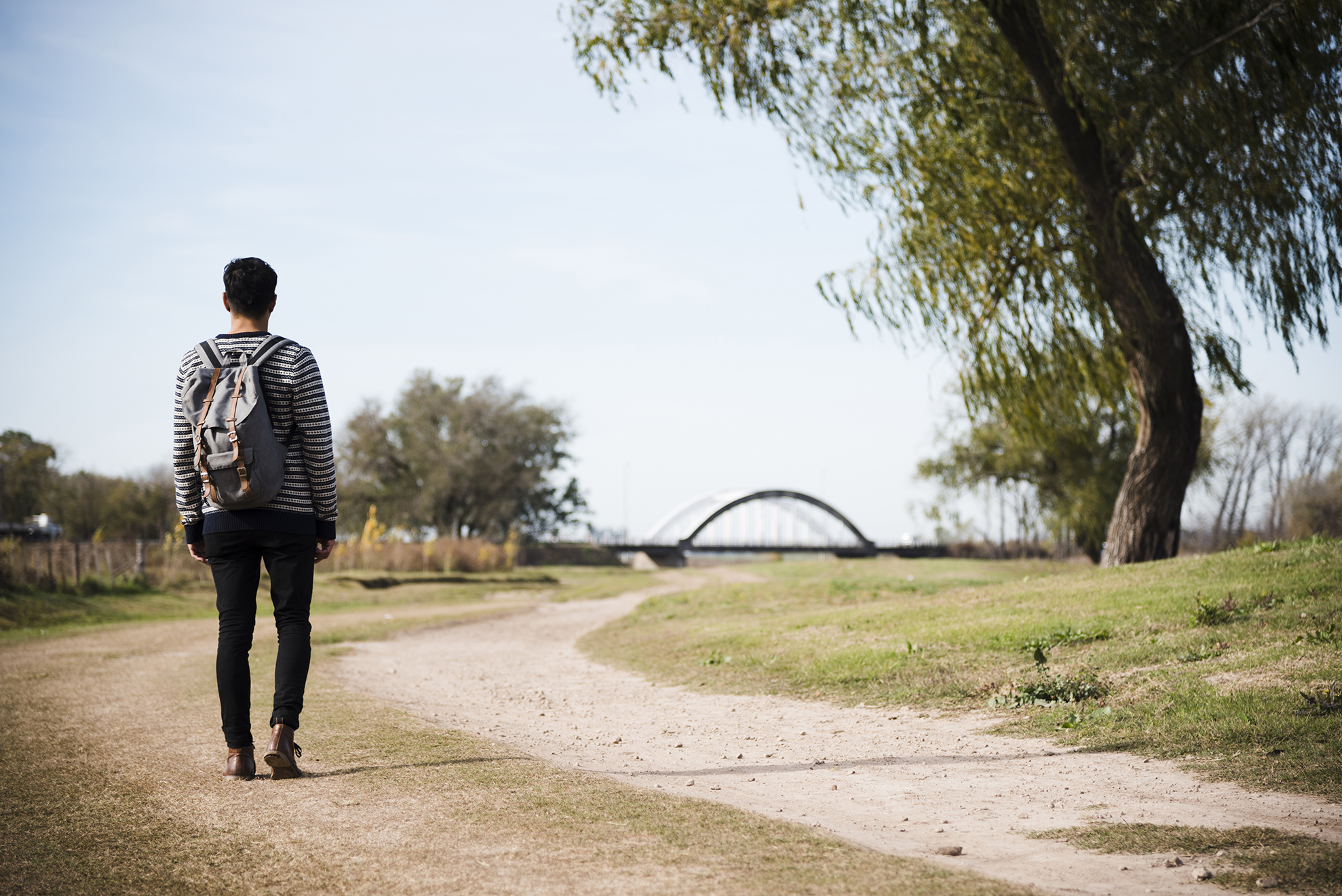It is common for those struggling with social anxiety to want to avoid social situations that don’t feel good. While avoiding those situations may lessen your anxiety in the short-term, it is not going to make facing those scenarios any easier in the future. In fact, the avoidance can actually make the anxiety worse! Exposure therapy is designed to safely expose a person to the situations that they fear the most so that they can experience firsthand whether or not their feared expectations come true, and if so, how well they are able to cope.
Stepping Out of the Avoidance Cycle
Exposure therapy can help boost confidence as you repeatedly face anxiety-provoking situations and give yourself the opportunity to find out that the consequences are not nearly as bad as you had anticipated. The first step to exposure therapy is to determine what specifically is making you socially anxious. It is then helpful to create a hierarchy of the feared events or situations. Rank these scenarios on a scale of 1 to 10, 1 being something that evokes very little anxiety and 10 being something that causes you to be extremely anxious and avoidant.
You are now ready to get started! The key is to work from the bottom up to slowly expose yourself to the feared situations. We wouldn’t want to start with number 10, as we want to gradually work up to the situations that cause the most anxiety. It is best to start with something that brings up a little anxiety, but feels manageable. This may be saying hi to your boss each morning, or saying hi to a stranger on the street. It is important to notice your anxiety throughout the exposure and to stay in the situation until your fear drops by at least half. This may require repeating the exposure several times across several days until you feel ready to move on to something higher in the hierarchy. It is also key to try and not use safety behaviors or avoidance during the exposures. This may mean staying near the edge of a room, or trying to distract yourself by thinking about something else. This can seem helpful in the moment, but is going to make the exposure a lot less powerful.
Moving Up the Fear Ladder
 Once you have mastered the first few situations on your hierarchy, you are ready to move on to the more challenging scenarios. These can even including intentionally making a mistake or breaking a social “rule,” known as a social mishap exposure. However, Don’t rush it! Take the time you need to see a significant reduction in the fear or anxiety before moving on to greater challenges. If you’re looking for some inspiration, here are some great suggestions for powerful exposures:
Once you have mastered the first few situations on your hierarchy, you are ready to move on to the more challenging scenarios. These can even including intentionally making a mistake or breaking a social “rule,” known as a social mishap exposure. However, Don’t rush it! Take the time you need to see a significant reduction in the fear or anxiety before moving on to greater challenges. If you’re looking for some inspiration, here are some great suggestions for powerful exposures:
- Walk backwards on a crowded public street for 2 minutes
- Lay down on a crowded sidewalk for 2 minutes
- Ask a stranger to borrow $1
- Ask a stranger for directions
- Ask a stranger if you can buy them a cup of coffee
- Sing a song out loud amongst people on a train or on a sidewalk
- Ask a stranger for their number
- Ask for directions to a place you are standing right in front of
These exposures may seem silly or intimidating at first, but they will help you to build positive experiences over time and help to lessen anxiety as you face your fears and discover how often your feared expectations are actually likely to occur.
Written by,
Rachel Piaker
NSAC New York City
Share this blog post.











